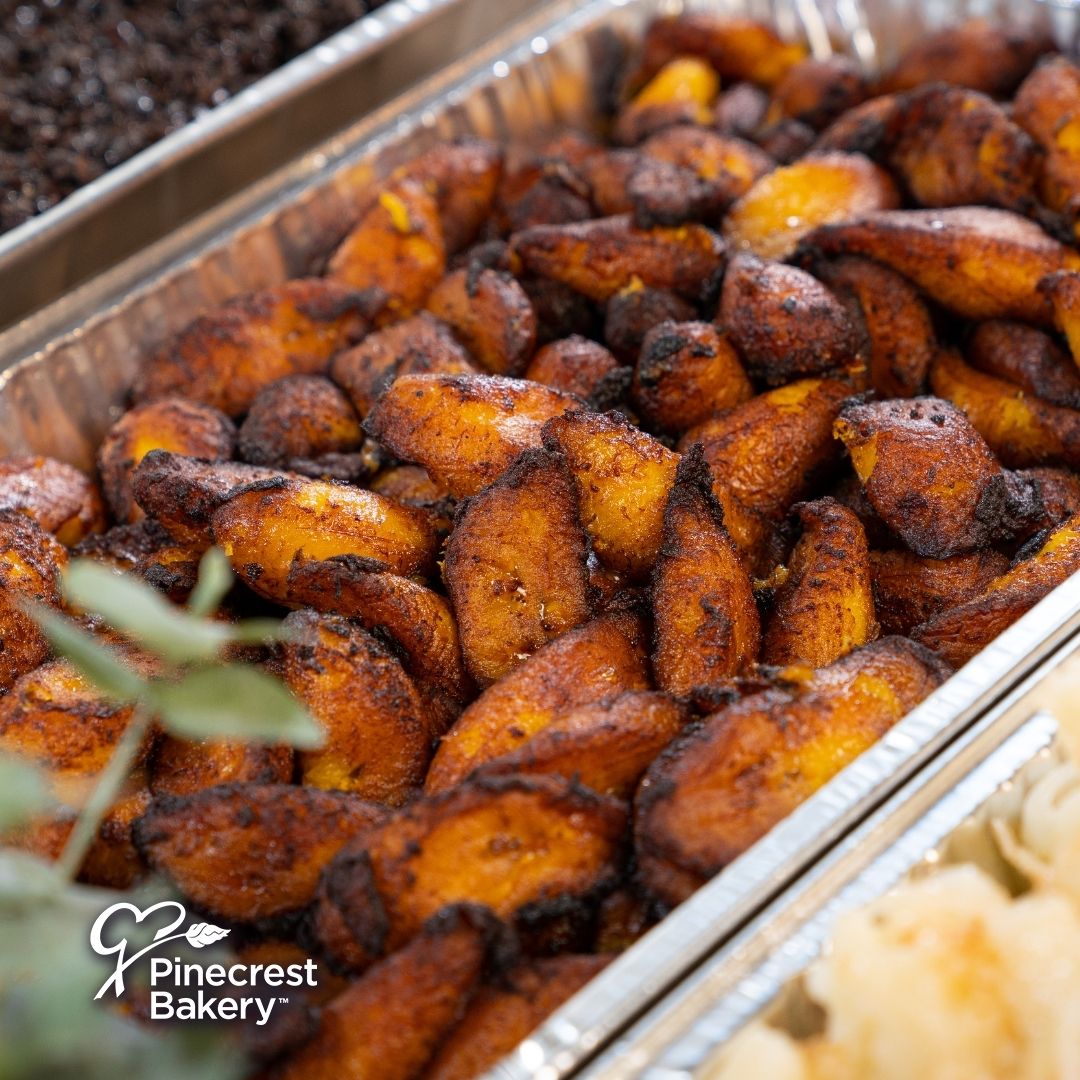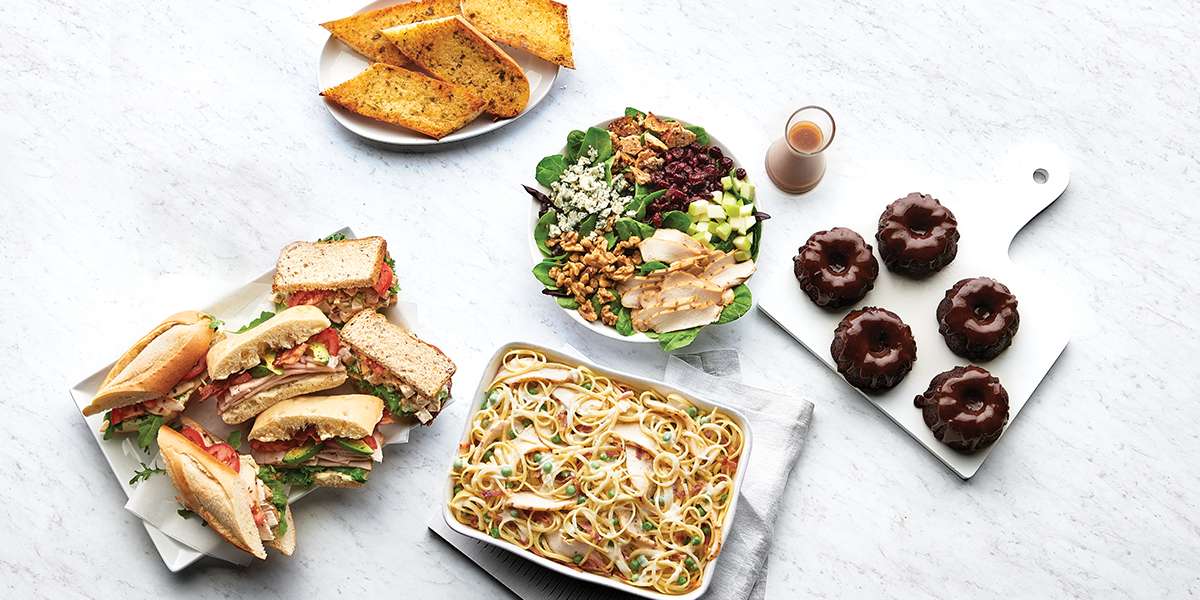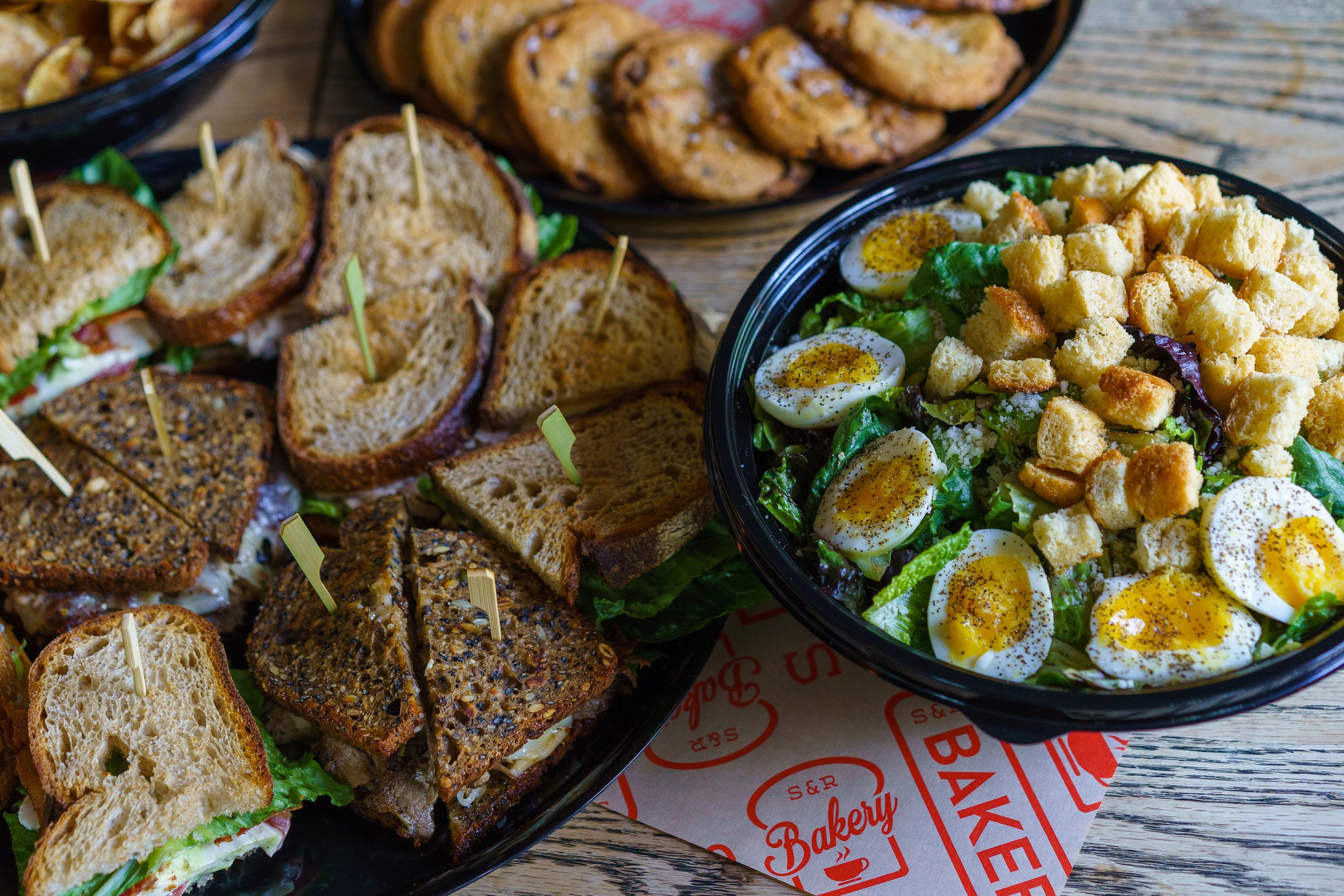Exceptional Catering Maddington Services for Your Following Event
Exceptional Catering Maddington Services for Your Following Event
Blog Article
Comprehending the Art of Bakery Products: From Newly Baked Breads to Irresistible Pastries and Finger Foods
The detailed art of bakery products includes a spectrum of strategies and active ingredients that transform fundamental elements into culinary thrills. From the science behind the excellent loaf of bread, where fermentation and gluten development play pivotal functions, to the skill needed for developing layered pastries, each aspect discloses a compelling story of craftsmanship. Furthermore, the convenience of finger foods shows exactly how flavor and texture can be skillfully integrated to involve varied preference choices. As we check out these elements, one might ask yourself: what underlying principles govern the success of these beloved creations?
The Science of Bread Making
At the heart of every loaf of bread lies a fascinating interaction of chemistry and biology. The process of bread making starts with the mix of flour, yeast, water, and salt-- each component playing a crucial role in the last item.
Yeast, a living organism, ferments the sugars present in the flour, producing carbon dioxide and alcohol at the same time. The carbon dioxide gas creates bubbles in the dough, triggering it to rise and create a light structure. The temperature level and moisture throughout fermentation substantially affect yeast activity and, subsequently, the bread's taste and structure.

Learning Bread Strategies
Exactly how can one accomplish the delicate balance of structure and flavor that specifies exceptional bread? Understanding pastry strategies needs a deep understanding of ingredients, approaches, and the science behind them. Essential to this craft is the option of premium ingredients-- flour, butter, sugar, and eggs-- each playing an important function in the end product's taste and appearance.
The technique of lamination, which includes folding layers of dough and butter, creates the wanted flakiness in breads like croissants and smoke pastry. Accuracy in temperature is vital, as butter should continue to be chilly to ensure ideal layers. In a similar way, proper mixing approaches, such as the creaming method for cakes, make sure also consolidation of air and fat, resulting in a light and airy crumb.
Moreover, maintaining the appropriate moisture levels throughout baking can dramatically affect the outcome, ensuring that breads rise correctly and achieve that golden-brown coating. Ultimately, the art of pastry also demands perseverance and technique; each attempt improves one's skill and understanding of the complex equilibrium required to create tempting breads that thrill the detects. Mastery in these techniques ultimately identifies a skilled bread chef from an amateur.
Sorts Of Finger Foods
The world of culinary delights expands past pastries to include a broad selection of finger foods, which are commemorated for their benefit and versatility. These bite-sized treats are ideal for social events, providing a selection of tastes and textures that accommodate diverse tastes.

On the sweeter side, bite-sized cupcakes and small tarts supply a wonderful surface to any dish, attracting those with a craving for sweets. Cheese and charcuterie boards serve as an advanced selection, enabling guests to personalize their attacks with an assortment of meats, cheeses, nuts, and fruits.
Flavor Profiles in Baking
Baking is a complex dancing of taste accounts that incorporates wonderful, mouthwatering, and umami notes to create an unified experience for the taste buds. Understanding these accounts is essential for bakers seeking to raise their creations.
Sweetness usually offers as the structure in baked products, with sugars, fruits, and natural sugar enhancing flavor deepness. Components such as chocolate and sugar present complicated wonderful notes that can either dominate or enhance other flavors. Conversely, savory aspects, frequently located in breads and breads, offer equilibrium and comparison. Active ingredients like natural herbs, spices, and cheeses can transform a simple dough right into a diverse taste experience.
Umami, often ignored in baking, plays a considerable function in enriching tastes. Components such as aged cheeses, fermented image source items, and even specific nuts contribute to a savory depth that boosts total preference.
In addition, the interaction of acidity from ingredients like buttermilk or citrus zest can lighten up tastes, supplying a refreshing counterpoint to sweet taste. By thoughtfully combining these taste accounts, bakers can craft items that resonate with diverse tastes buds, developing a memorable cooking experience. Eventually, understanding flavor accounts is key to more helpful hints innovation worldwide of baking.
Vital Baking Devices and Ingredients
Comprehending flavor profiles in cooking collections the phase for selecting the right tools and components that promote the production of phenomenal baked products. The foundation of effective baking lies in having vital tools at hand. Trick products include blending bowls, measuring cups, and spoons for accuracy, along with a tough stand mixer or hand mixer for uncomplicated mixing. A trusted collection of baking frying pans-- such as sheet frying pans, loaf frying pans, and cake pans-- is important for achieving desired forms and appearances.
Flour serves as the foundation of the majority of dishes; picking the right kind-- be it bread, all-purpose, or pastry flour-- can dramatically affect the end result. Baking powder and cooking soda are vital for producing lift in cakes and breads.
Furthermore, including taste boosters like vanilla essence, seasonings, and citrus passion can boost your productions. By guaranteeing accessibility to these essential tools and components, bakers can confidently get started on their cooking trip, crafting a varied array of wonderful baked products.
Conclusion
To conclude, the art of bakery items includes an extensive understanding of both scientific concepts and imaginative strategies. Mastery in bread production, pastry preparation, and finger food discussion discloses the intricate partnerships in between ingredients and procedures. Discovering diverse taste accounts improves the baking experience, while important devices and ingredients offer the structure for success. Eventually, the charming globe of cooking flourishes on the unified interaction of science and creativity, leading to a myriad of wonderful cooking developments.
Just how can one accomplish the delicate equilibrium of appearance and flavor that defines exceptional pastry? Fundamental to this craft is the selection of top quality active ingredients-- flour, butter, sugar, and eggs-- each playing a crucial role in the final product's taste and structure.

Understanding taste profiles in baking collections the stage for picking the right tools and active ingredients that promote the creation of outstanding baked products. Checking out varied flavor accounts enhances the baking experience, while essential devices and active ingredients offer the structure for success.
Report this page